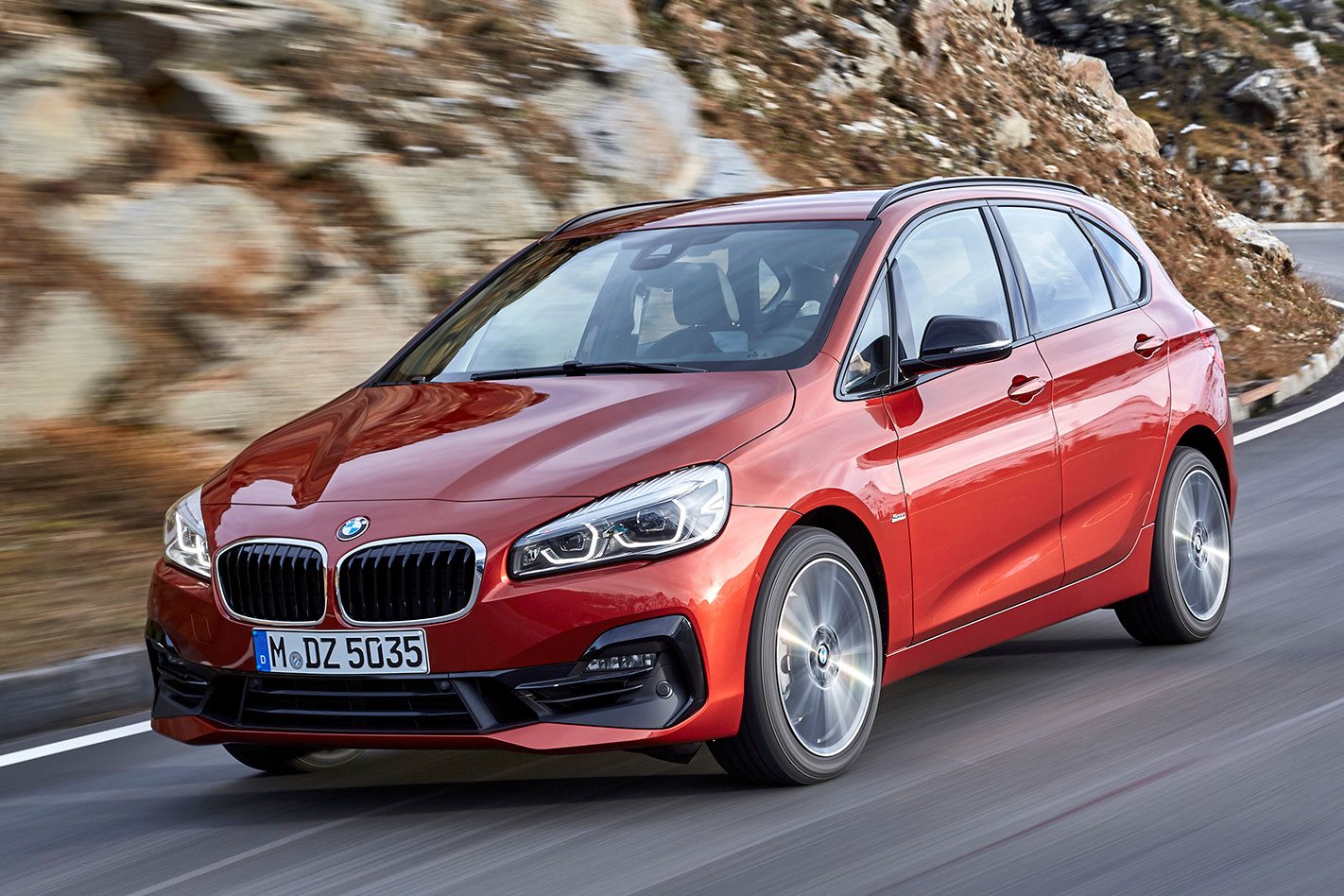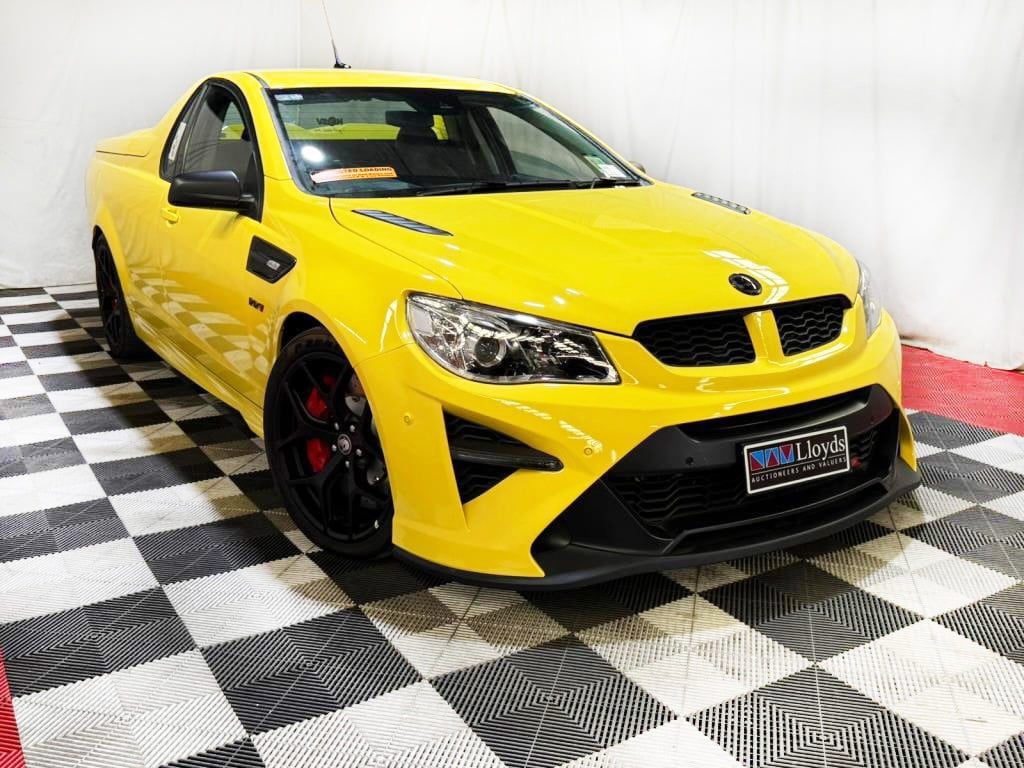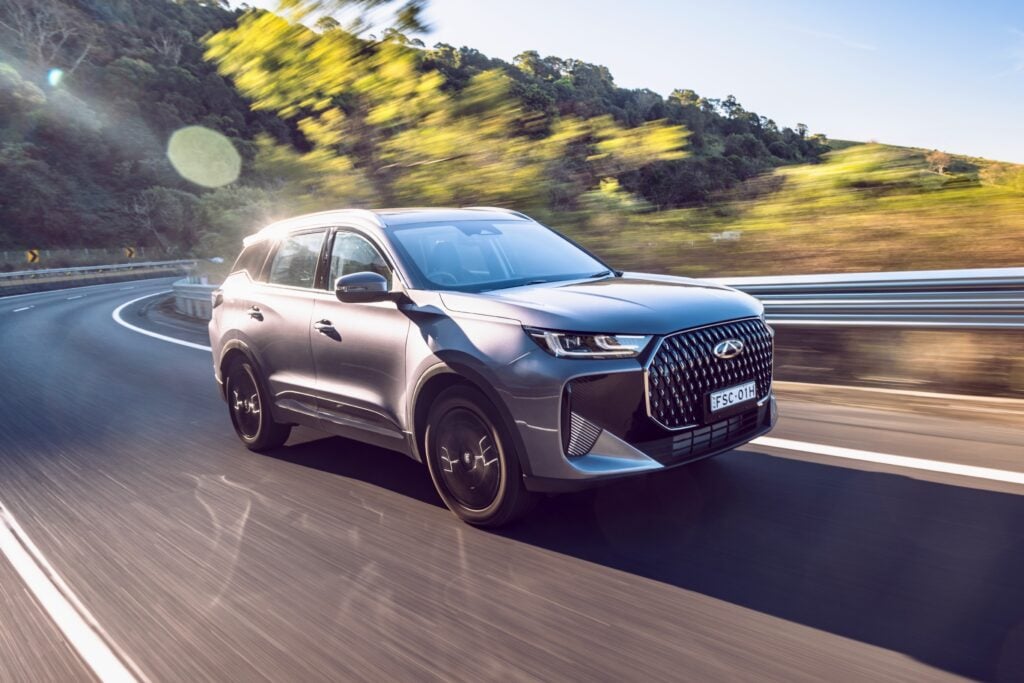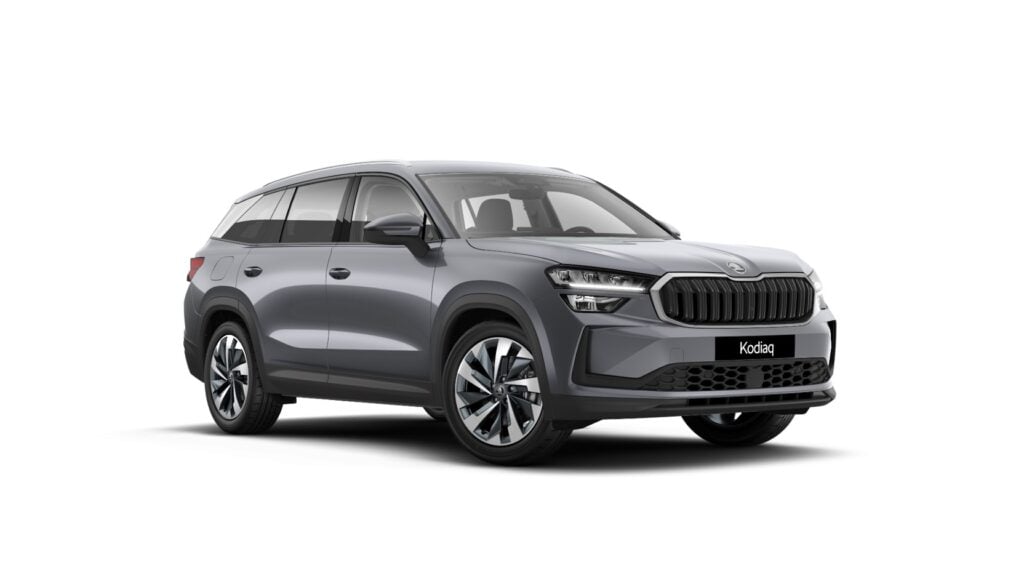THE car that BMW once said it would never build, the front-driving BMW 2 Series Active Tourer, has had a major makeover in its bid to keep wooing new buyers to the badge.
“The BMW 2 Series Active Tourer offers ample space, impressive versatility, excellent comfort and the dynamic driving qualities for which the brand is renowned,” the brand announced, before talking up everything but the bum-dragging driving dynamic qualities of the “sports activity tourer”.

“Produced in Leipzig, the biggest market [for the 2 Series Active Tourer] is Germany, followed by China and other EU countries,” BMW said. “Over 70 per cent of customers are new to the brand, and this very high conquest rate has also helped to establish the two models among the brand’s highest sellers.” Here, the higher-riding 2 Series is BMW’s 11th best-selling model, or its ninth worst depending on how you look at the numbers.
Unfortunately, BMW has only supplied images of the sportier-looking 2 Series Active Tourer fitted with an optional M-Sport package, which among other things adds contrasting black surrounds to the lower air dam where it wraps around the LED daytime running lights.
Just like Mini’s announcement about its version of the 2 Series Active Tourer – the BMW shares much of its DNA with the Brit’s Cooper-badged five-door – the facelifted BMW will come with the choice of either an eight-speed automatic gearbox by default, or a seven-speed dual-clutch gearbox. BMW Australia doesn’t offer the hatch here with the six-speed manual gearbox that’s an option in other markets.
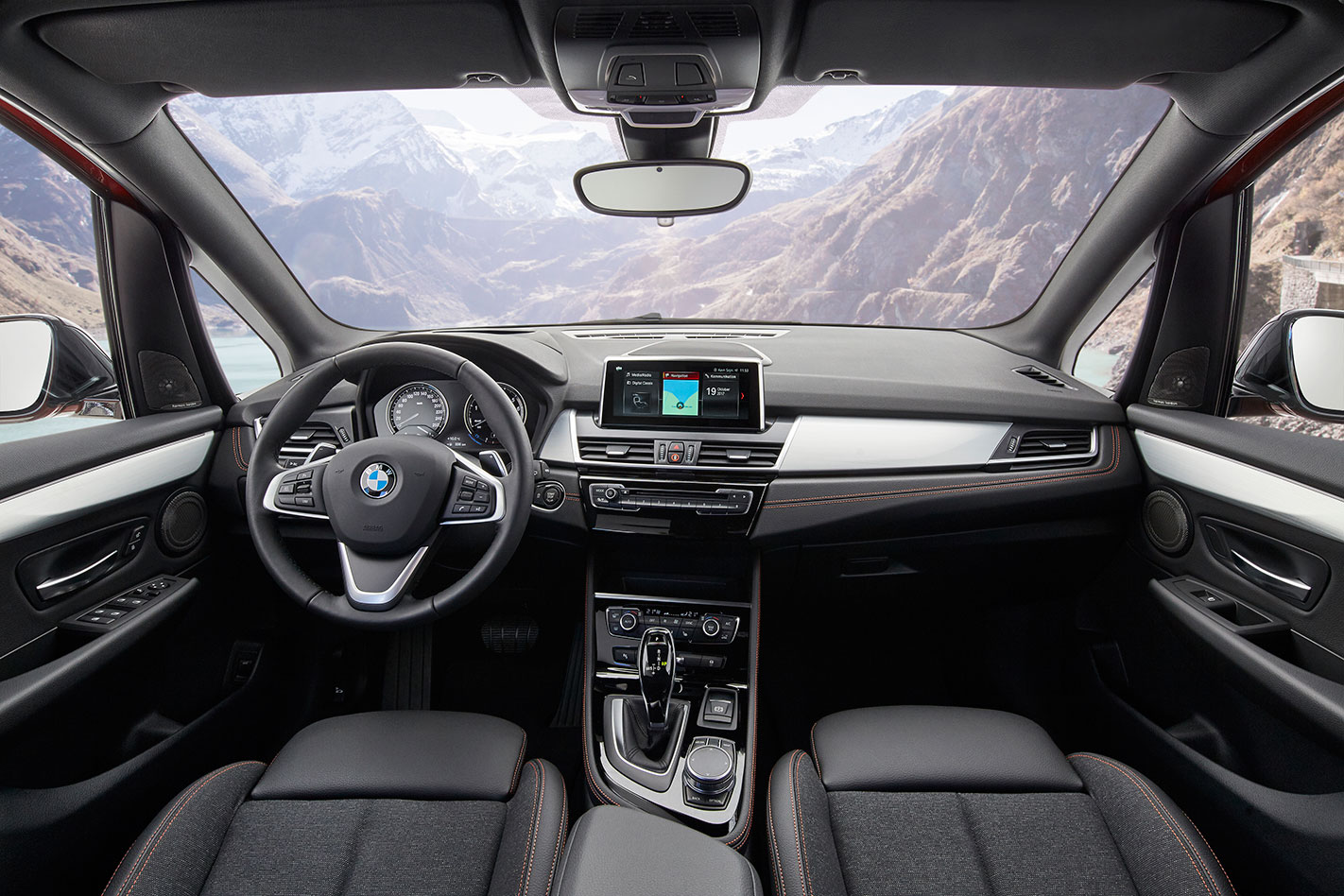
One of the clues as to why BMW needed the 2 Series Active Tourer in its line-up is hinted at here: “Despite its compact exterior (4.35m in length), the new BMW 2 Series Active Tourer continues to offer plenty of room for five people, an elevated seating position and a good all-round view. Thanks to its wheelbase of 2.67 metres, passengers enjoy ample legroom and are able to get in and out with ease.”
Yep, older buyers like it because it’s roomy and not so bad on dodgy hips and knees.
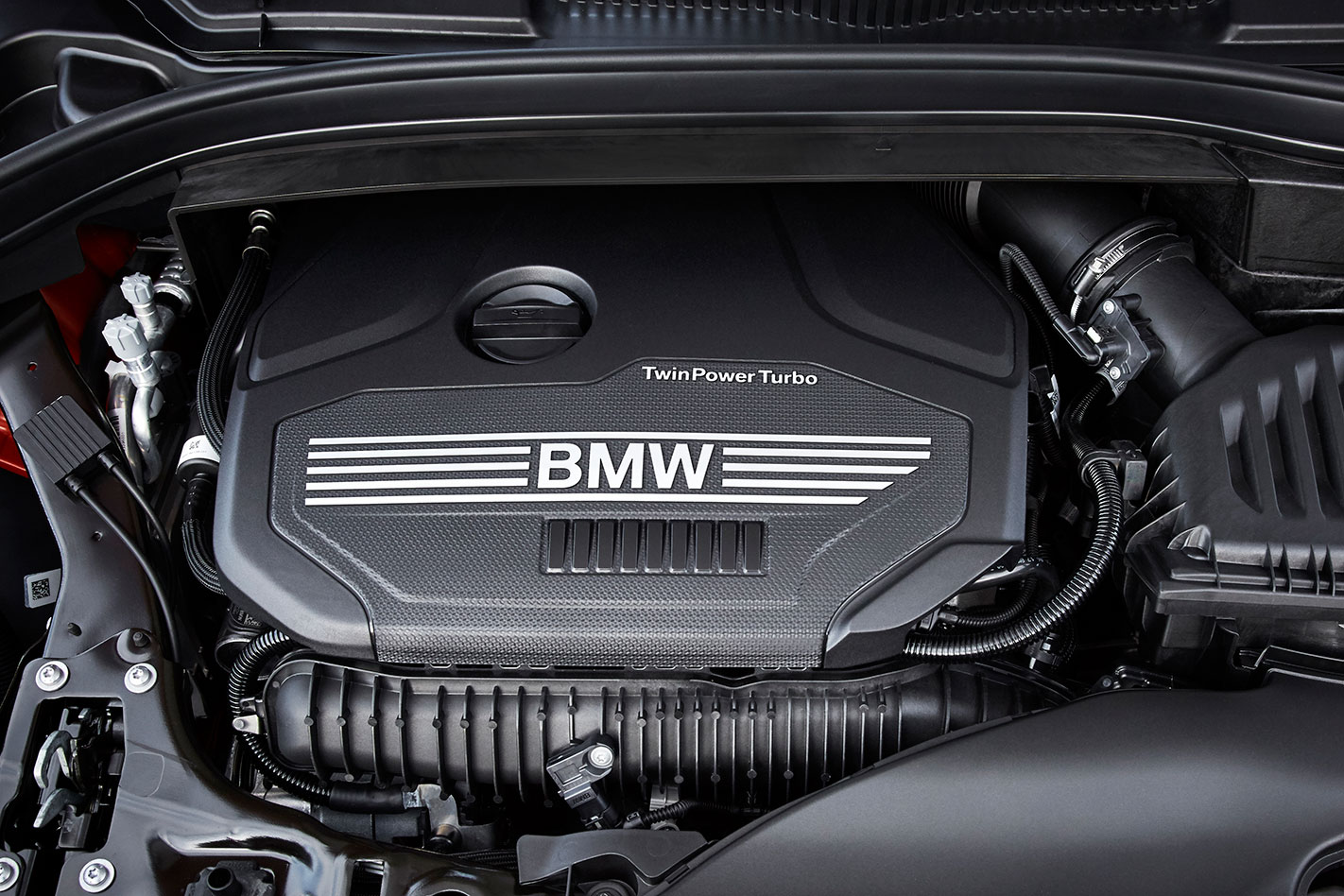
“Higher fuel pressure during injection, optimisation of the thermal management (split cooling technology), timing chain drive and belt drive, plus new balancer shafts for the three- cylinder engines and one kilogram-lighter crankshafts for the three- and four- cylinder units likewise help to enhance efficiency,” it says.
The diesel engine, meanwhile, adopts Adblue, the urea-based exhaust treatment that reduces nitrogen oxide emissions.

